Rat Eradication on Nukufetau Atoll Bolsters Pacific Conservation and Enhances Community Resilience
Our projects to restore key islets in Nukufetau Atoll forecast climate resilience and community benefits in Tuvalu!
Restoring islands for nature and people worldwide.
Published on
August 29, 2023
Written by
Island Conservation
Photo credit
Island Conservation
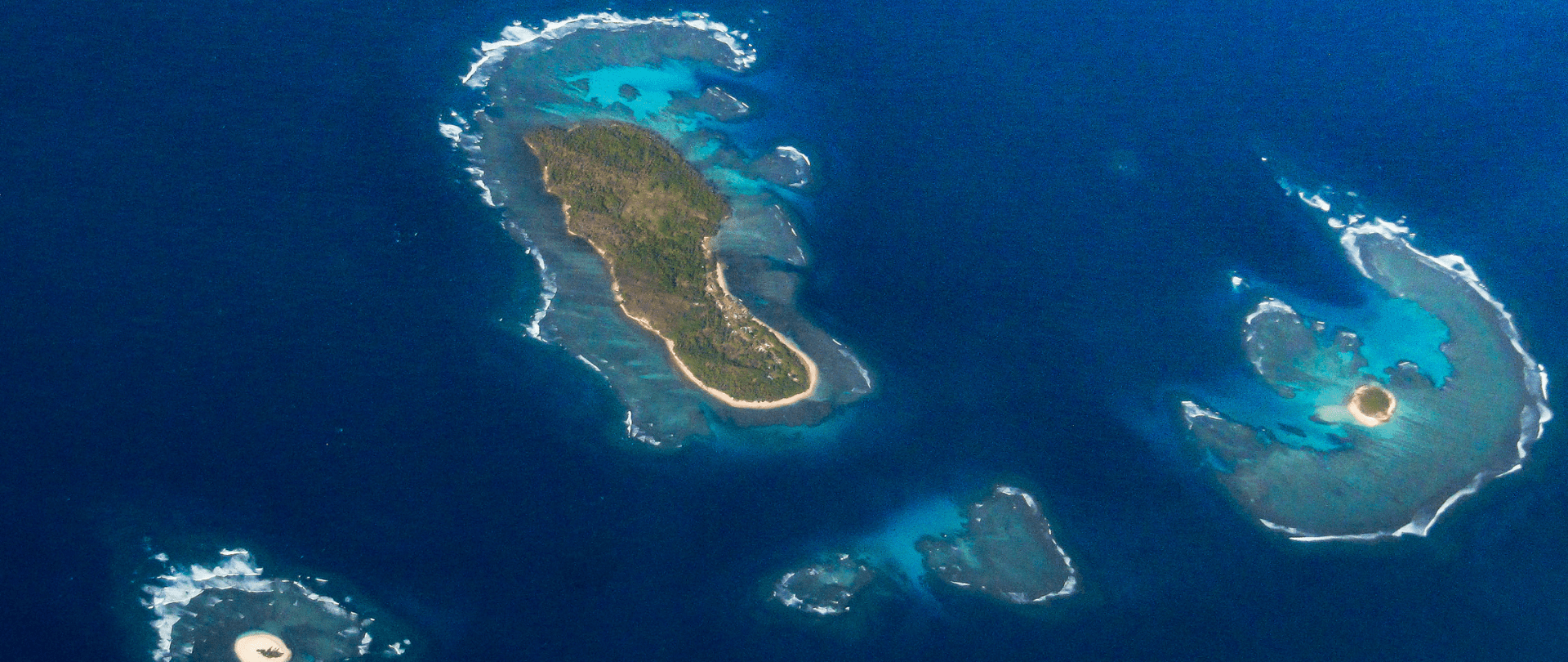
Key Takeaways
Late Island, Tonga — In a groundbreaking conservation initiative, Late Island in the Kingdom of Tonga stands as potentially the largest island in the Pacific to have been cleared of invasive rats, setting a remarkable benchmark for similar endeavors across the globe.
The Director of Tonga’s Environment Department, a key partner in the project, Ms Atelaite Lupe Matoto, welcomes the initiative.
“Removing invasive species like rats is one of the most cost-effective tools the country has for restoring the resilience of its natural ecosystems and its communities,” she said.
“The primary problem for Tonga is that invasive species like rats and weeds are weakening the resilience of natural ecosystems and increasing the vulnerability of our communities to the increasing impacts of climate change. Controlling invasive species, like rats and weeds can protect our biodiversity and strengthen the resilience of our forests, catchment areas, and reefs, providing protection from cyclones, increasing food security, and creating opportunities from activities such as eco-tourism.”
Late Island is a sanctuary of biodiversity for Tonga. It supports one of Tonga’s largest intact tropical broadleaf forest ecosystems, one of the most threatened ecosystem types in the world. This tropical forest provides a stronghold for several globally threatened species including the Friendly Ground-dove and Tongan Whistler.
But as on many islands, invasive rats wreaked havoc on native species, devouring eggs, and threatening the essential nutrient cycle that supports the islands fringing reefs.
Tonga has now completed a number of successful rat eradications on islands in the Vava’u group including Taula, Maninita, Lua Loli, Fangasito and Luahaipo. Vava’u’s communities have already witnessed the significant impacts of this work, with the return of seabird populations and the increased productivity of local coral reef systems. Scientific studies have shown that, with the removal of rats and recovery of seabird populations, the increased nutrients from their guano can increase fish numbers by up to 50%.
With completion of the Late Island eradication, together with Muomua and Fuaamotu island, Tonga is now leading the region on efforts to scale up the management of invasive species to increase the resilience of its ecosystems and communities to the increasing impacts of climate change.
“Tonga is one of the first island nations in the world to attempt to manage invasive species and restore the resilience of its natural island ecosystems at a large landscape/seascape scale, thereby increasing community resilience to the impacts of climate change,” says Ms. Matoto.“Our development partners and donors need to understand that increasing investment in invasive species management is one of the most cost-effective things that we can do to restore the resilience of island ecosystems and communities.”
Tonga’s efforts to scale up investment in the management of invasive species is being supported by the Pacific Regional Invasive Species Management Support Service (PRISMSS) and key partners such as the global NGO, Island Conservation and the New Zealand Department of Conservation. PRISMSS is coordinated by the Secretariat of the Pacific Regional Environment Programme (SPREP), with support from the Global Environment Facility and the New Zealand Government.
Future plans to remove invasive species from the islands of Tofua, Kao and Ata could provide refugia for an incredible 95% of Tonga’s biodiversity and support future recovery efforts for endangered species. For example, removing invasive rats from Late Island now provides for the translocation of the highly endangered Tongan Megapode. Support for large-scale eradication projects on other islands such as Ata would also help justify their inclusion within Tonga’s National Park system.
“The restoration and rewilding of Late Island does not stop here. We see the removal of invasive species as the starting line, not the endpoint,” shares Mr Richard Griffiths, South and West Program Director for Island Conservation. “Once confirmed, we can look to reintroduce some of Tonga’s rarest species, such as the Tongan Megapode.”
Ms. Matoto says PRISMSS and SPREP are directly supporting efforts by Pacific Island countries such as Tonga to increase investment in the management of invasive species as a key measure for increasing national resilience against the increasing impacts of climate change.
“Tonga’s work to scale up investment in the management of invasive species is also providing a pathway for expanding predator eradication efforts into other inhabited islands across the Pacific, including Niue, the entire territory of Tokelau and communities such as Samoa’s Apolima Island.
“This recent eradication work in Late Island could provide an important example for the Pacific and the rest of the world about the need to use invasive species management as a key tool for increasing climate resilience in many other Pacific Island countries,” she says.
For press inquiries, contact:
Sally Esposito, Strategic Communications Director, Island Conservation at sally.esposito@islandconservation.org
Isabell Rasch, Project Manager, GEF6 Regional Invasives Project at
isabellr@sprep.org
Resources:
Photos, footage and interviews upon request
This project is part of the Island-Ocean Connection Challenge, an ambitious campaign to restore 40 globally significant islands from ridge-to-reef by 2030. The eradication activity is part of the GEF 6 Regional Invasive Species Project, a project supported by the Pacific Regional Invasive Species Management Support Service. The Late Island Restoration Project was made possible thanks to the Global Environment Facility, Government of Tonga, Island Conservation, Tonga Ministry of Meteorology, Energy, Information, Disaster Management, Environment, Climate Change and Communications (MEIDECC), United Nations Environment Programme, Secretariat of the Pacific Regional Environment Programme, the New Zealand Department of Conservation, Mohamed bin Zayed Species Conservation Fund, Scripps Institution of Oceanography, The David and Lucile Packard Foundation, Wanderlust Fund, and other anonymous donors.
ENDS
About Late, Island
Late Island is an isolated and uninhabited island located about 55 km WSW of the island of Vava’u, in the Kingdom of Tonga. The 6-km wide circular island is approximately 1,731 ha, with a high point of 530 m. The island is characterized by a central crater, with the terrain sloping gradually away to the sea. Cliffs rising to approximately 20 m dominate the coastline. Late is volcanic in origin, with volcanic activity reported as late as 1854.
Late is managed by the Kingdom of Tonga’s Ministry of Meteorology, Energy, Information, Disaster Management, Environment, Climate Change and Communication. and is designated as a protected area. Late is also designated as an Important Bird Area by BirdLife International. In addition, Late falls within the Critically Endangered South Pacific Island Forests Ecoregion as designated by the World Wildlife Fund.
About the Project Partners
The GEF 6 RIP is funded by the Global Environment Facility, implemented by the United Nations Environment Programme, and executed by the Secretariat of the Pacific Regional Environment Programme. The Project works primarily in the Marshall Islands, Niue, Tonga, and Tuvalu and has a regional component. Implementation of the GEF6RIP is supported by the Pacific Regional Invasive Species Management Support Service (PRISMSS).
PRISMSS was established in 2019 with the assistance of the Global Environment Facility Regional Invasive Species Project (GEF 6 RIP): Strengthening national and regional capacities to reduce the impact of Invasive Alien Species on globally significant biodiversity in the Pacific. It is supported by the New Zealand Ministry of Foreign Affairs and Trade under the Managing Invasive Species for Climate Change Adaptation in the Pacific (MISCCAP) project. Find out more about PRISMSS here
Island Conservation is our world’s only international nonprofit conservation organization dedicated solely to preventing extinctions on islands. Our collaborations with local island communities aim to improve livelihoods, manage invasive species, and reintroduce native animals and plant life. Island Conservation is a United States-based 501(c)(3) charitable organization working through diverse local and international partnerships to foster sustainable development, climate resilience, and healthy island-marine ecosystems across the globe. Visit us at islandconservation.org.
Secretariat of the Pacific Regional Environment Programme
SPREP is the regional organisation established by the Governments and Administrations of the Pacific charged with protecting and managing the environment and natural resources of the Pacific. The Headquarters is based in Apia, Samoa with other SPREP offices in Fiji, the Republic of the Marshalls Islands and Vanuatu. The establishment of SPREP in 1993 sends a clear signal to the global community of the deep commitment of Pacific Island Governments and Administrations for better management of the environment within the context of sustainable development. SPREP’s mandate is to promote cooperation in the Pacific region and help to protect and improve its environment and to ensure sustainable development for present and future generations. Find out more about SPREP at https://www.sprep.org/about-us
Kingdom of Tonga
Tonga Ministry of Meteorology, Energy, Information, Disaster Management, Environment, Climate Change and Communications (MEIDECC)
MEIDECC is the governing institution for the Multilateral Environmental Agreements on Biodiversity, tasked with managing the environment and sustainable management of natural resources as the basis for Tonga’s economic, social, and cultural development. The Ministry is responsible for coordinating national actions to conserve national biodiversity. MEIDECC is the national project executing agency for the GEF 6 Regional Invasives Project.
New Zealand Department of Conservation
New Zealand Department of Conservation (DOC) is the government agency charged with conserving New Zealand’s natural and historic heritage. DOC is a world leader in eradicating introduced invasive species from islands and has a long history supporting the Pacific Islands Countries and Territories on invasive species management. DOC staff provided technical support and played key roles in the eradication. implementation. Learn more about DOC’s work eradicating introduced pests on islands: Eradicating predators from islands
DOC’s contribution to the project is supported by the New Zealand Ministry of Foreign Affairs and Trade under the Managing Invasive Species for Climate Change Adaptation in the Pacific (MISCCAP) project.
Check out other journal entries we think you might be interested in.
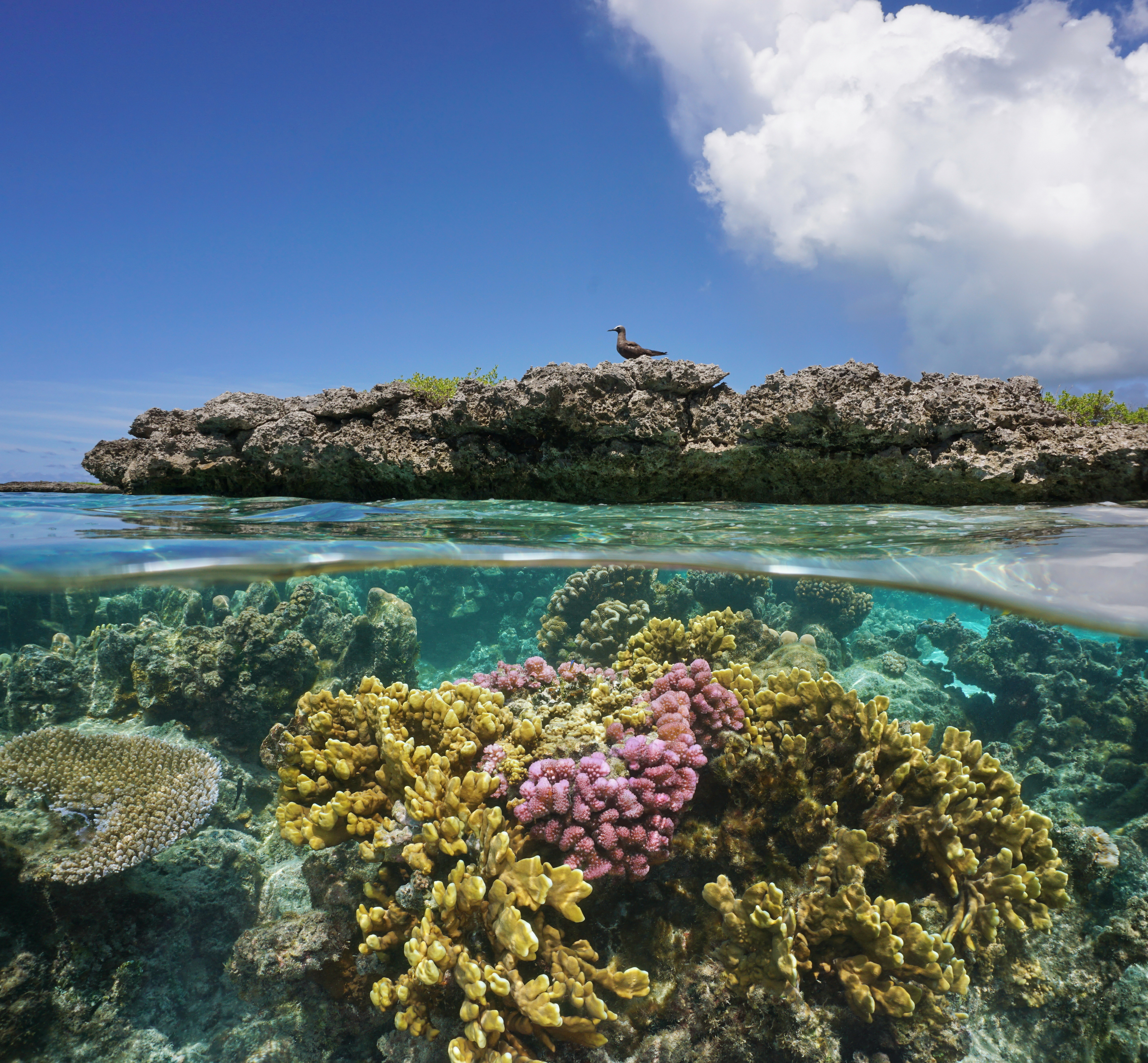
Our projects to restore key islets in Nukufetau Atoll forecast climate resilience and community benefits in Tuvalu!
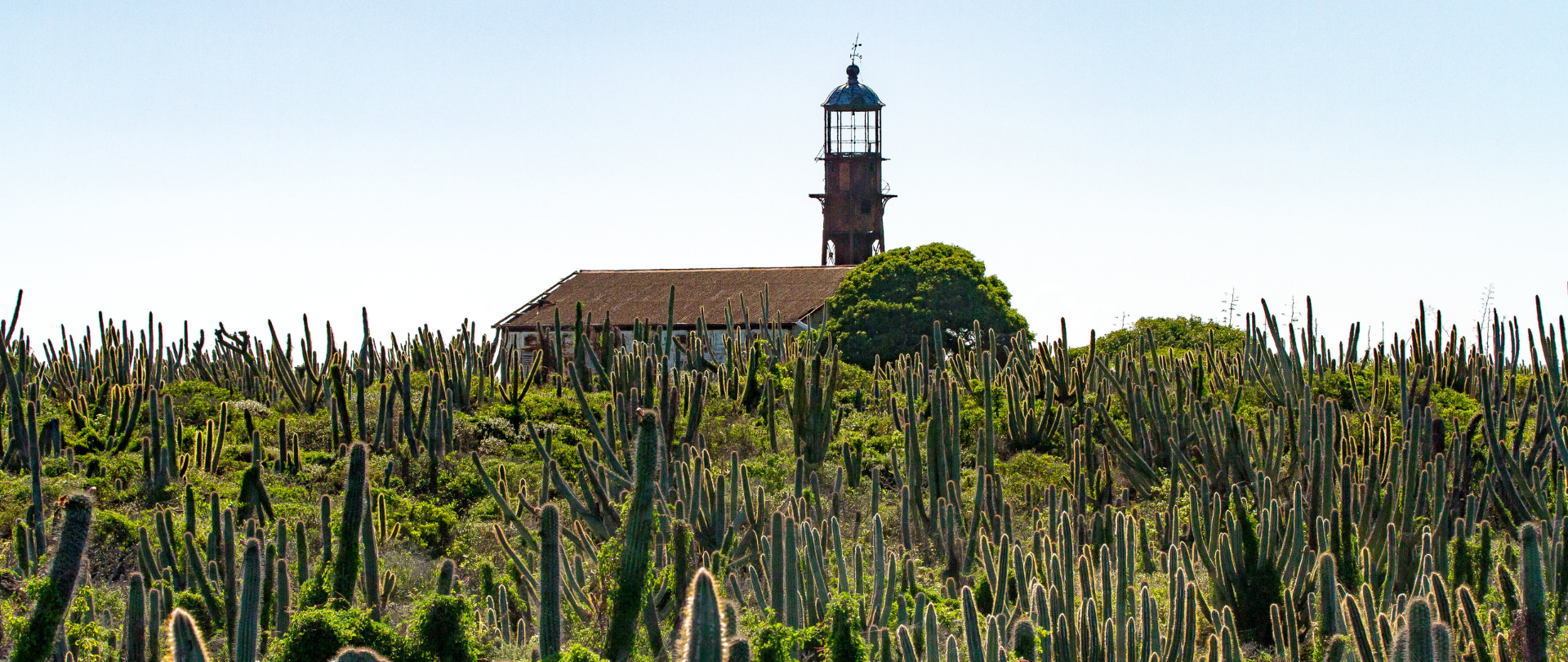
Mona Island, Puerto Rico is a key nesting ground for endangered species--but it's in danger! Read about our project to protect this beautiful, biodiverse island.
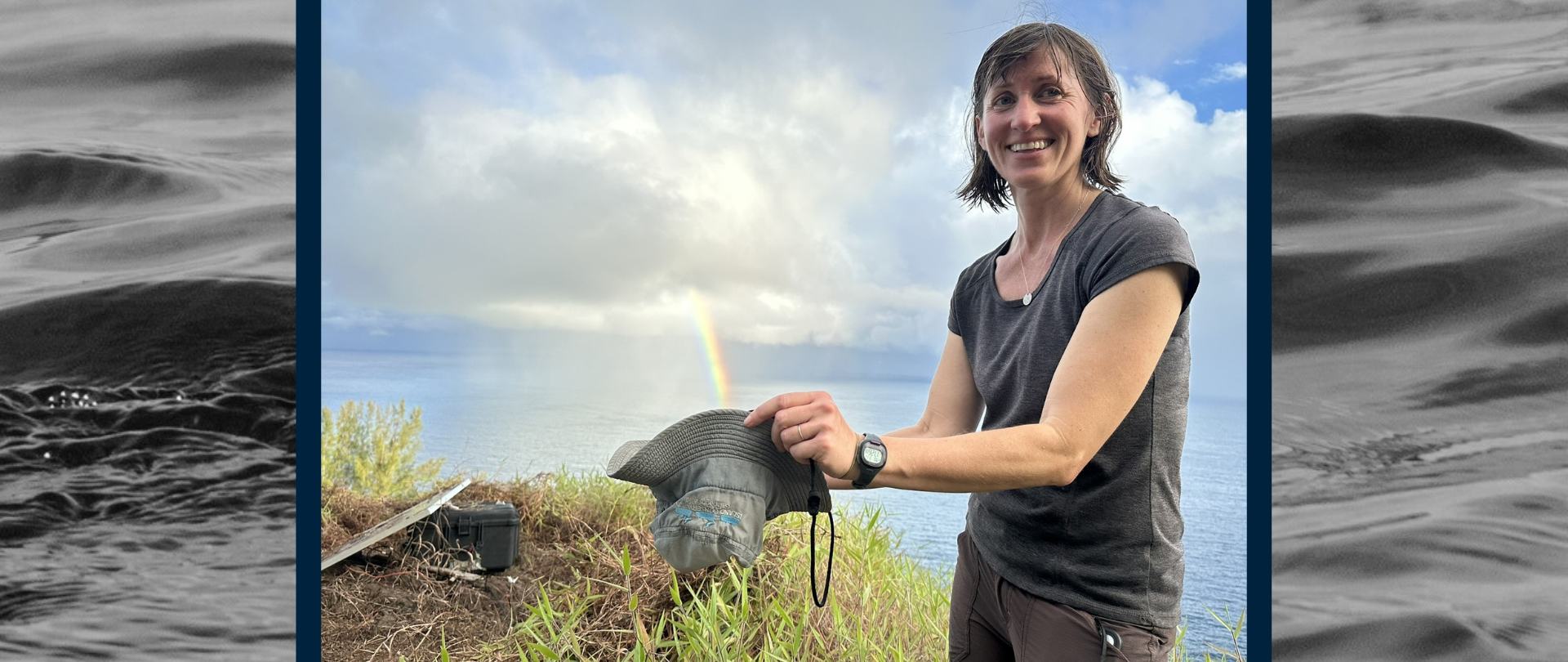
Read Coral Wolf's interview about the thrilling news of rare birds nesting on Kamaka
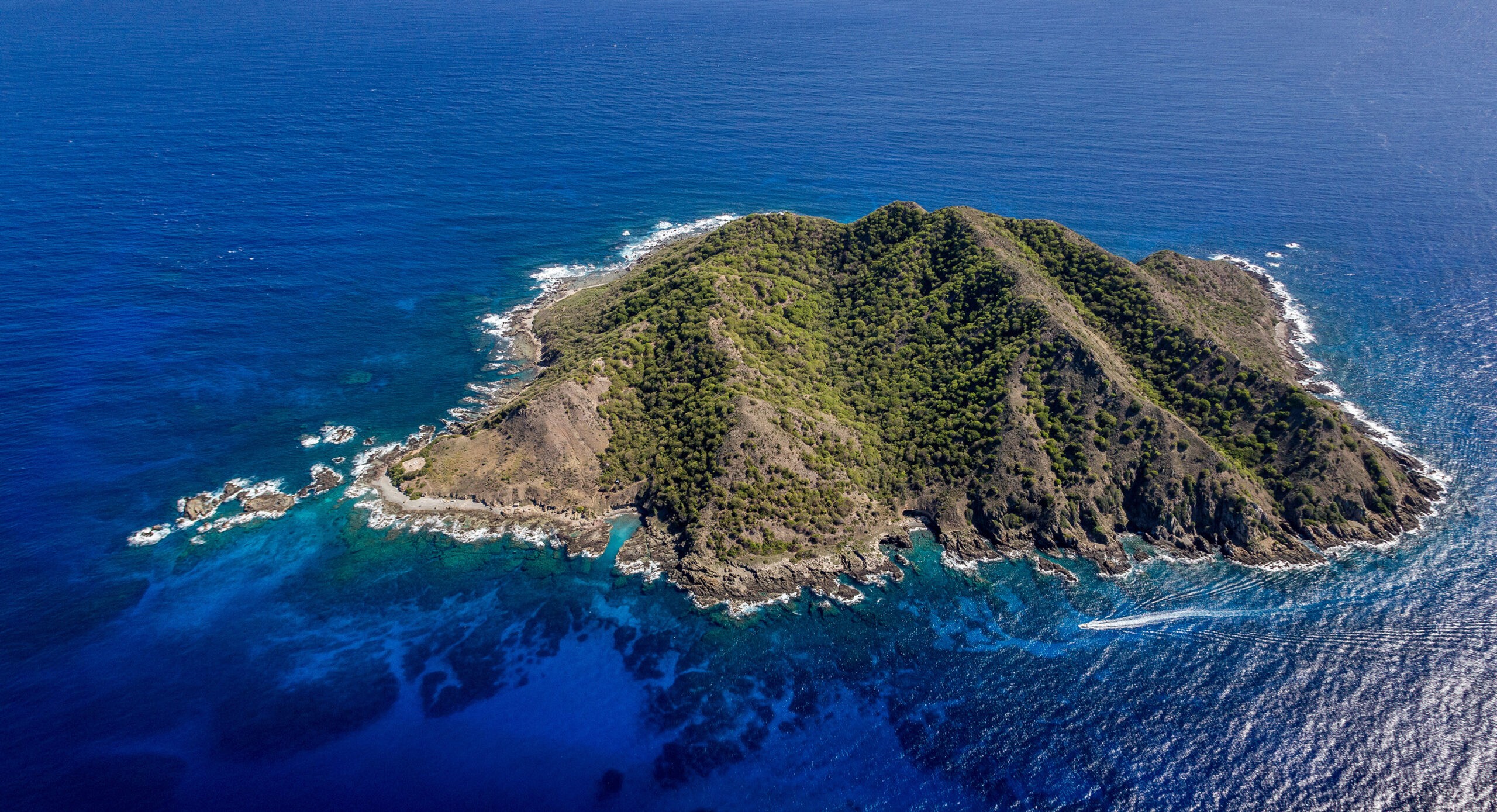
Audubon's Shearwaters are nesting on Desecheo Island for the first time ever! Read about how we used social attraction to bring them home.
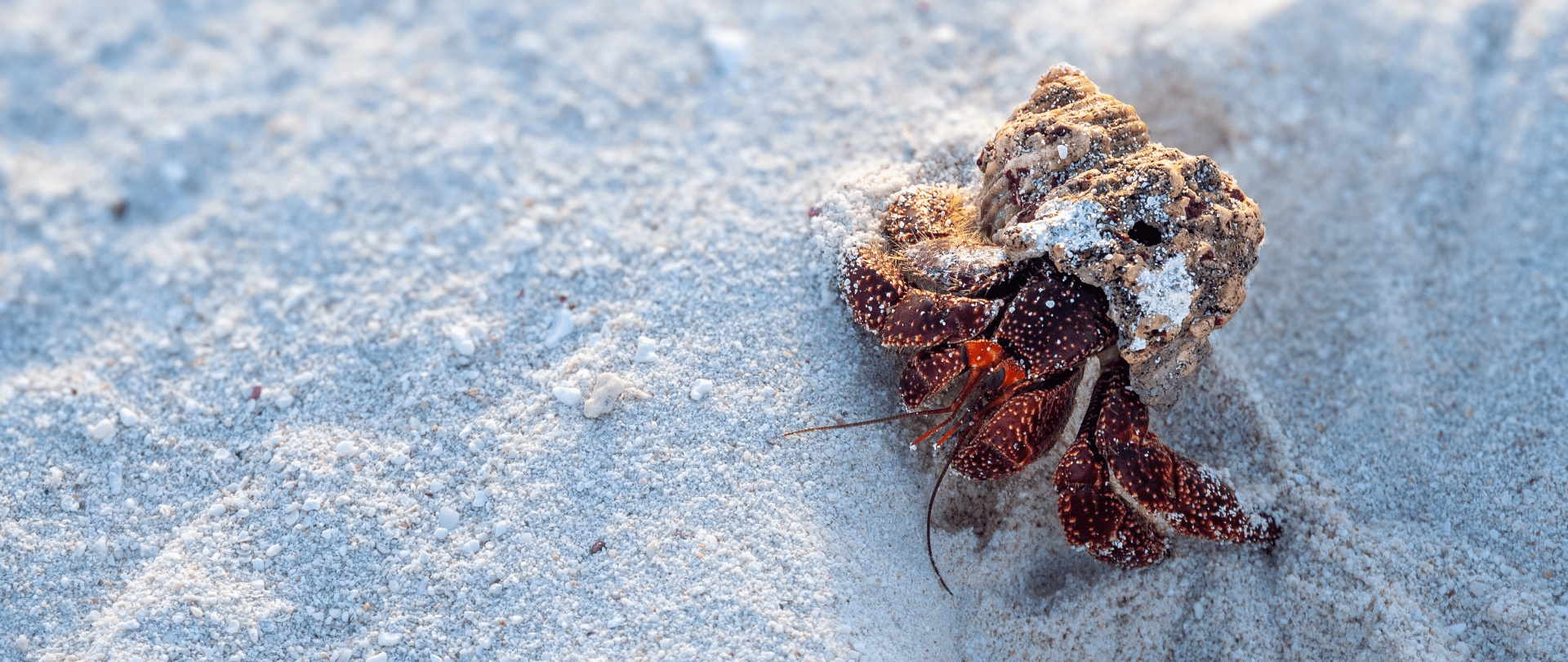
Three Island-Ocean Connection Challenge projects in the Republic of the Marshall Islands bring hope for low-lying coral atolls!
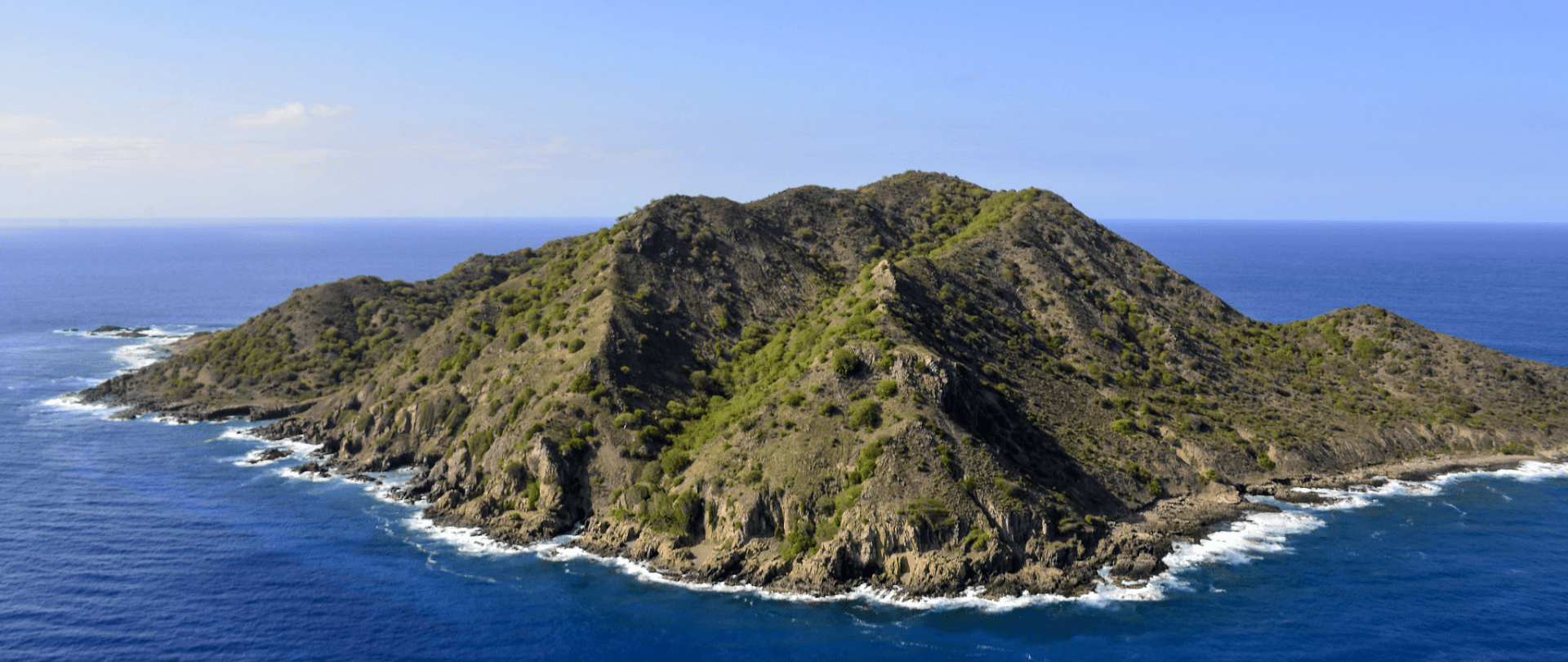
A new article in Caribbean Ornithology heralds the success of one of our most exciting restoration projects: Desecheo Island, Puerto Rico!
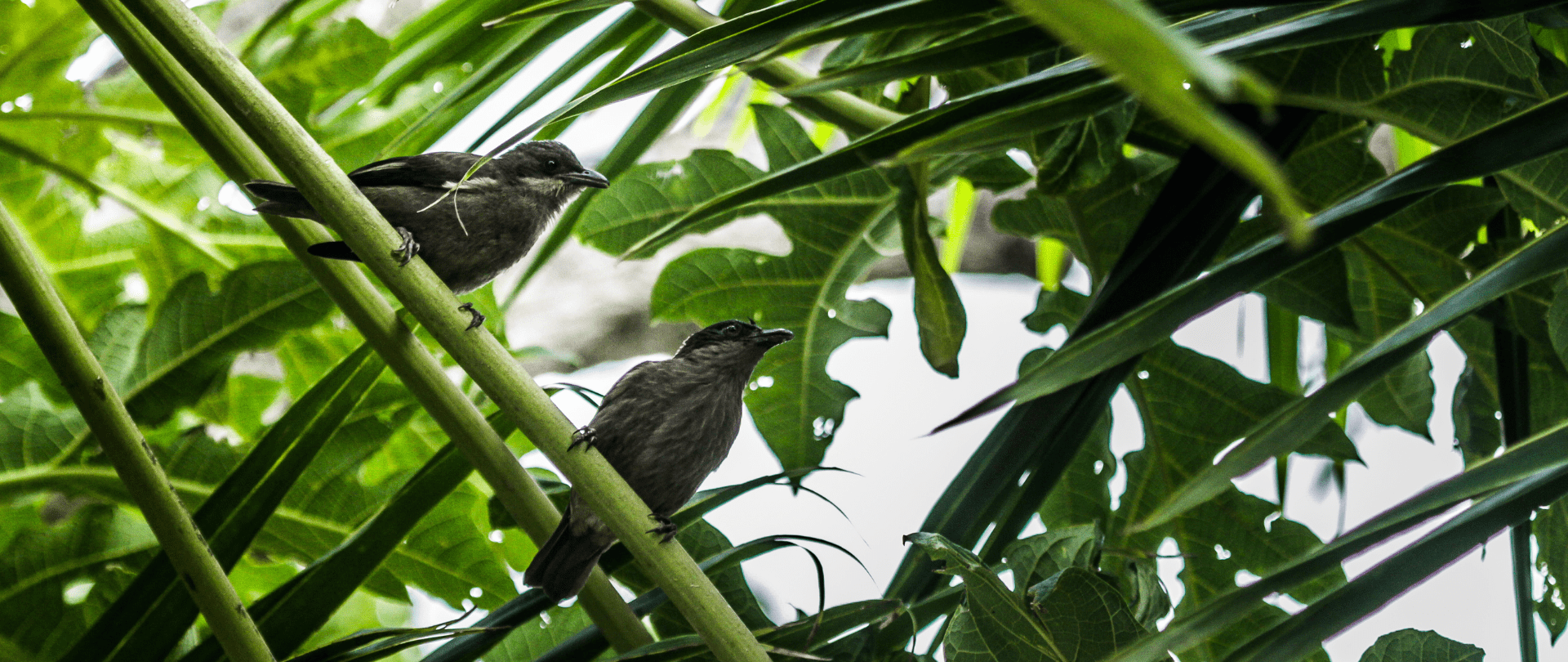
A recent monitoring trip to Late Island shows promising results!
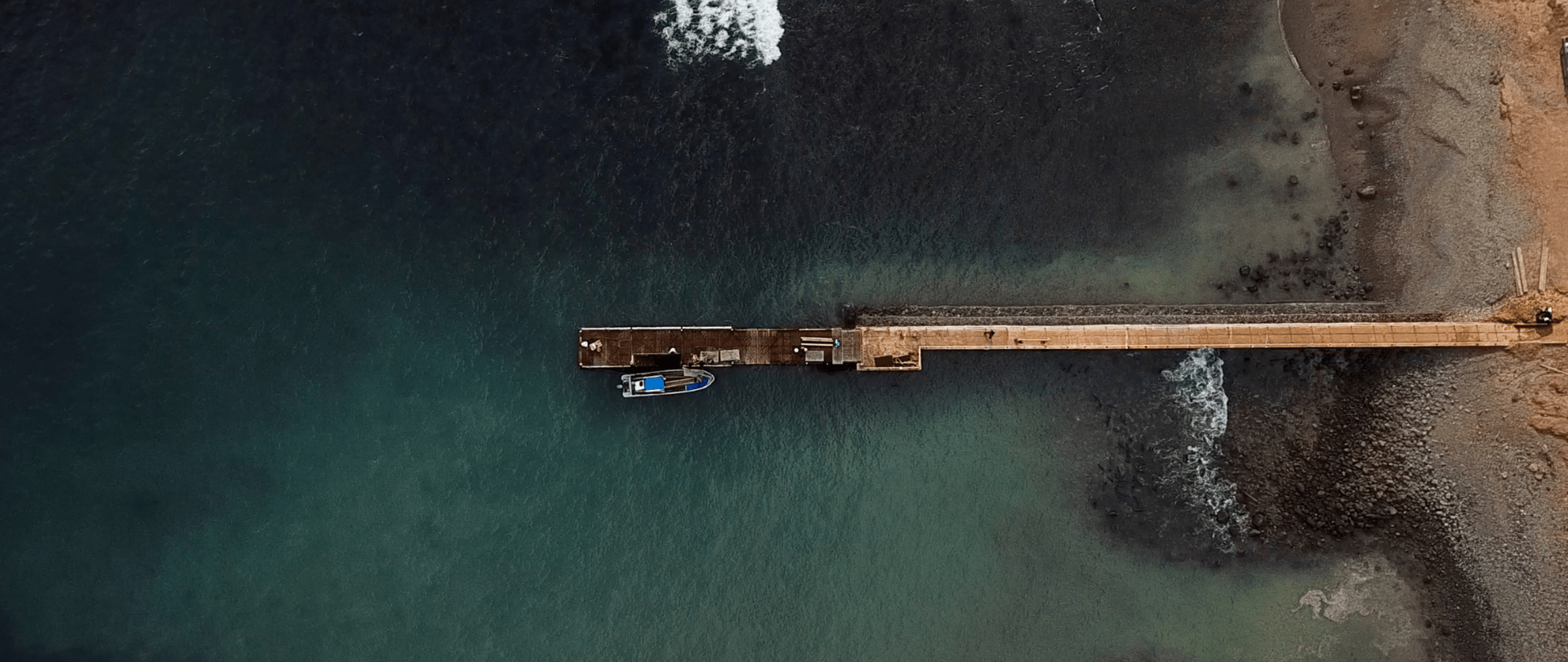
Part 1 of filmmaker Cece King's reflection on her time on Juan Fernandez Island in Chile, learning about conservation and community!
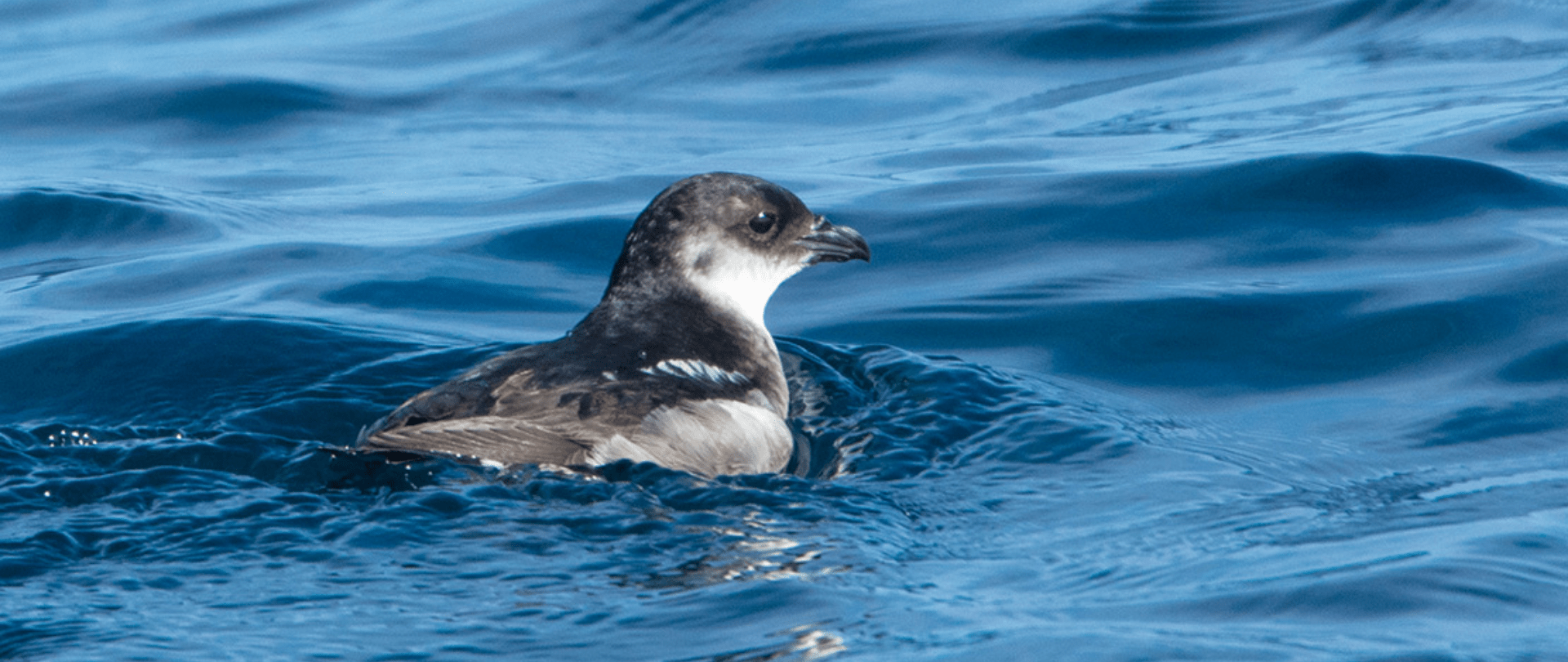
After decades of absence, rare Peruvian Diving-Petrels have returned to nest on Pajaros Uno island, recently free from invasive predators!
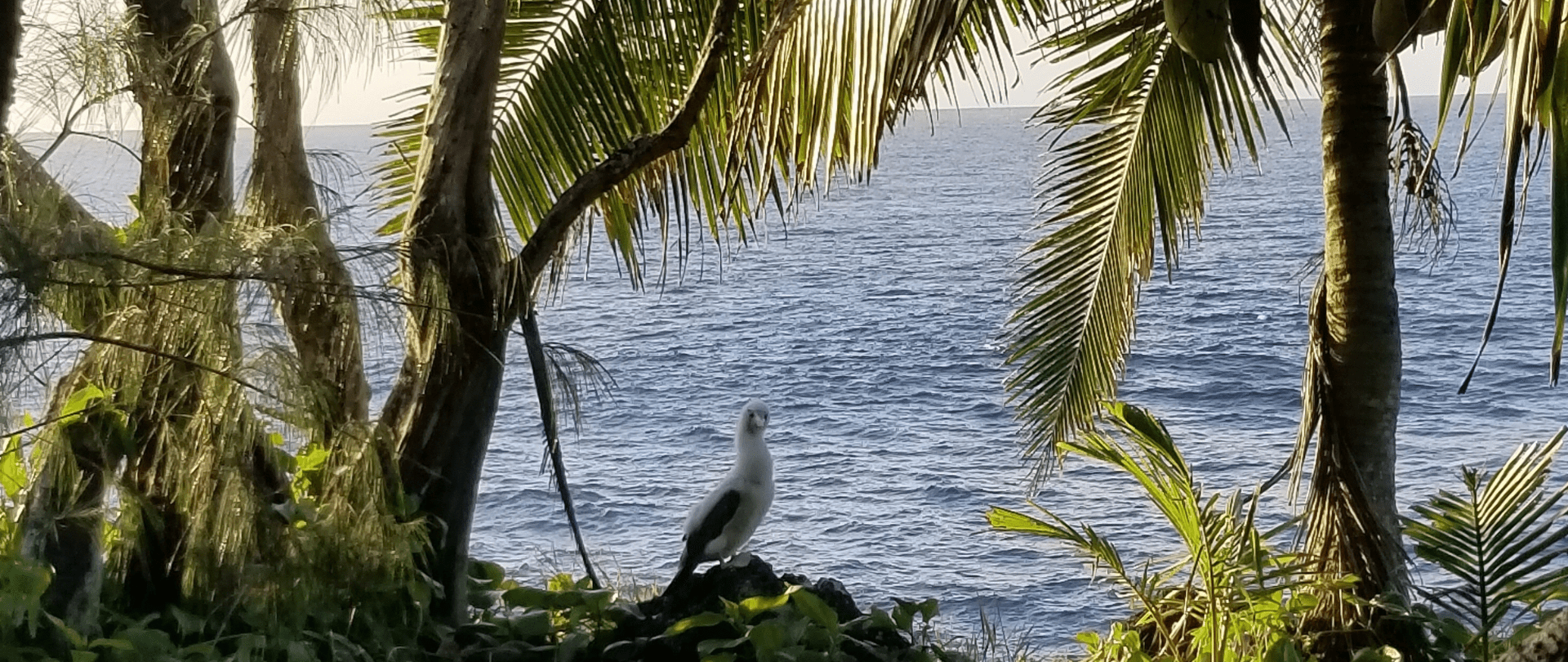
Our team returns from Late Island, Tonga with reports that our conservation actions work! Read notes from our Conservation Impact Director!